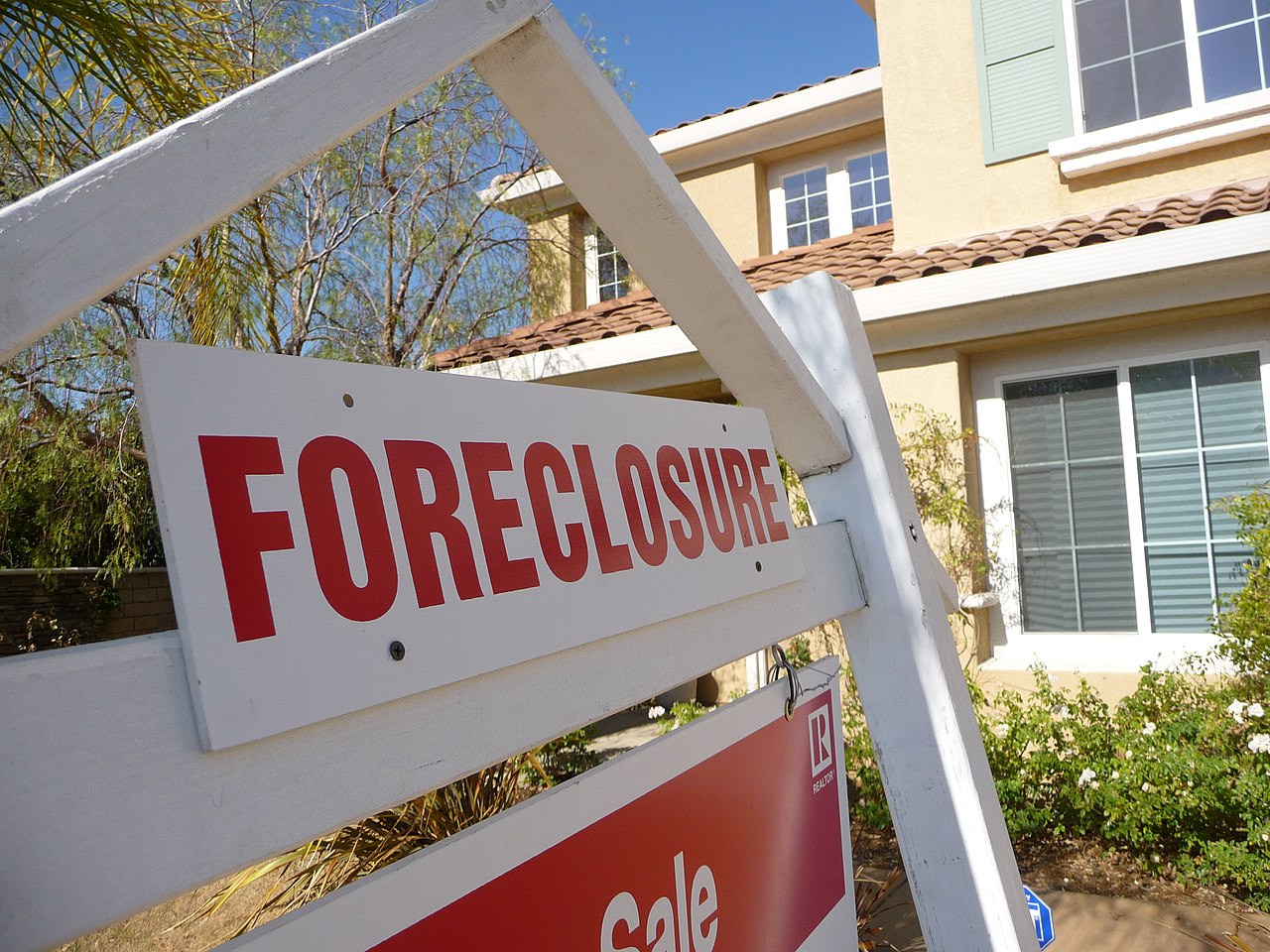California becomes the first state to borrow money from the federal government to pay unemployment claims
05/13/2020 / By Tracey Watson

With millions of Americans filing for unemployment benefits as the COVID-19 pandemic decimates the economy, states have come under increasing pressure to find the money to pay these claims.
As reported by CBS Sacramento, California has become the first state to borrow from the federal government to meet these demands, with the Employment Development Department (EDD) confirming that the state has borrowed $348 million from the government to cope with the overwhelming number of claims in the state.
By the last week in April, the EDD had processed over 3.5 million unemployment claims and paid out over $4.5 billion. (Related: Officials confirm: Coronavirus deaths just doubled in Los Angeles county.)
‘Soaring number of unemployment claims’
As reported by Fox News, the federal government has made up to $10 billion in loans available to California until the end of July. The states of Illinois and Connecticut have been approved to access up to $12.6 billion and $1.1 billion, respectively, but to date only California has tapped into these funds.
“We are using every tool at our disposal to ensure people have the resources they need during this difficult time, and that funding is available to continue to meet the increased demand for these benefits,” the EDD told CBS13 last week.
California has been particularly hard hit by the coronavirus pandemic, with 3.7 million people filing claims for unemployment benefits between mid-March and the end of April.
While Californians initially complied with lockdown restrictions in the state, its crippling effects on the economy have eroded support for the tough restrictions. (Related: COVID-19 takes hold among the homeless in Los Angeles.)
Fox News reported:
There is also mounting pressure on Gov. Gavin Newsom to relax the state’s stay-at-home orders and reopen parts of the economy. Protests last week occurred from Huntington Beach to Sacramento against Newsom’s caution to reopen, and some counties in the state are defying the orders and allowing certain business to reopen.
The moves underscore Newsom’s challenge as the state enters its seventh week under stay-at-home orders, with only businesses deemed essential allowed to operate. Gyms, bars, shopping malls, restaurant dining rooms and sports arenas all remain shuttered.
Governor Newsom has hinted that he will be easing restrictions soon in a structured way, though he has repeatedly stressed that science has to inform the rate at which such easing can take place.
And while he has stated that he recognizes the right of Californians to protest against the lockdowns, he has stressed the need to maintain social distance and take other precautions while doing so to prevent further spread of the virus.
Like many residents of California, Newsom is trying to wrap his head around how the state went from having a roaring economy to being firmly in the red, virtually overnight.
“Billions in surplus, in just weeks, tens of billions of deficit,” he said.
Millions of Americans across the country are desperately trying to process exactly the same thing: How was a once booming economy brought to its knees in just a few weeks by an invisible enemy that nobody saw coming?
And will opening the economy and easing lockdown restrictions mean a return to normal, or will it trigger another wave of infections, more restrictions, and ultimately even more economic devastation?
Stay informed, stay alive. Bookmark Pandemic.news.
Sources for this article include:
Submit a correction >>
Tagged Under:
big government, California, Collapse, coronavirus, covid-19, debt, economy, federal government loan, lockdowns, newsom, unemployment, unemployment claims
This article may contain statements that reflect the opinion of the author
RECENT NEWS & ARTICLES
COPYRIGHT © 2018 MONEYSUPPLY.NEWS
All content posted on this site is protected under Free Speech. MoneySupply.news is not responsible for content written by contributing authors. The information on this site is provided for educational and entertainment purposes only. It is not intended as a substitute for professional advice of any kind. MoneySupply.news assumes no responsibility for the use or misuse of this material. All trademarks, registered trademarks and service marks mentioned on this site are the property of their respective owners.



















